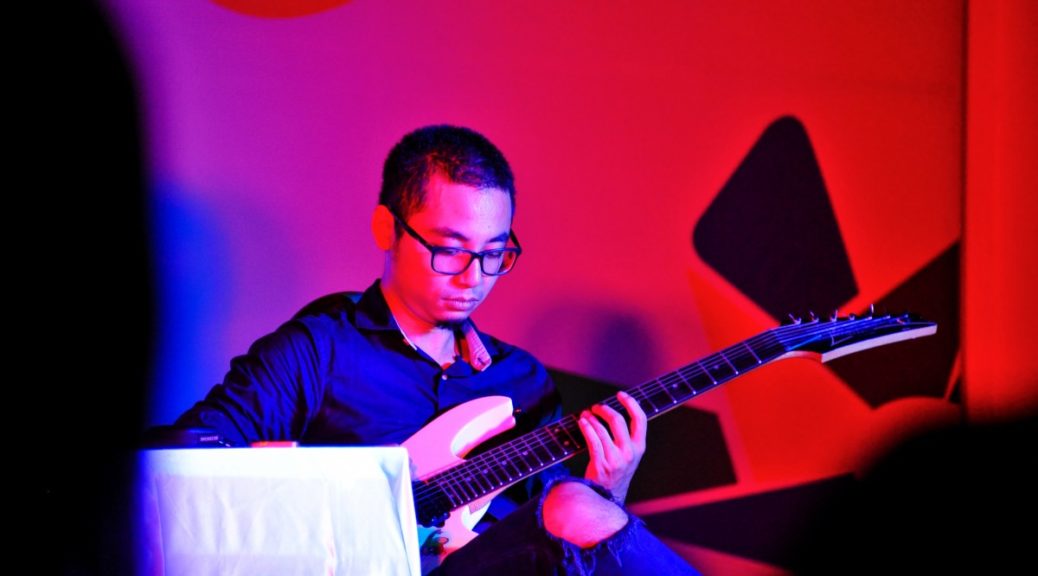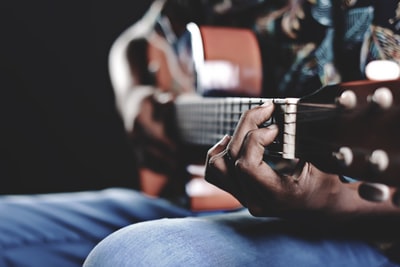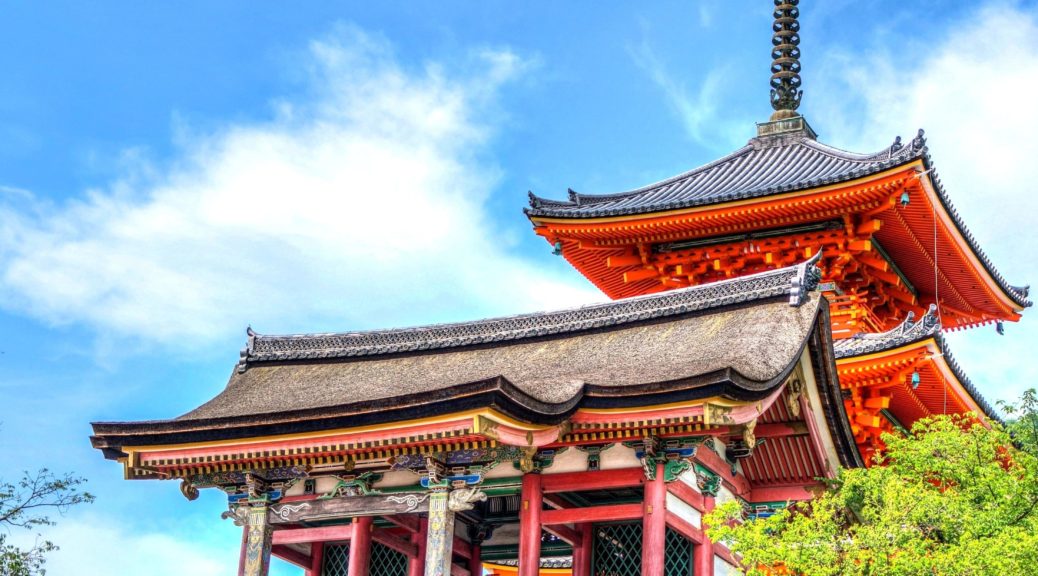I spend a lot of time with my grandmother, or rather, my mah mah as I like to call her in Cantonese. There’s an unspoken love between me and grandmother —very unspoken, because I literally have trouble communicating with her. In Hong Kong, where I grew up, the two main languages widely spoken are Cantonese and English. My grandmother doesn’t speak English and my spoken Cantonese is mediocre at best. While our relationship endures a generational and cultural gap, a wider gap is left by our inability to truly communicate, leaving me wondering about my own identity and what I’m missing out on.

Language attrition is the process of losing a first or once spoken language. I found myself experiencing varying degrees of language attrition while attending an English-only international school, despite living in Hong Kong. The importance of learning English has always been emphasized to me and threatened my Cantonese ability in my childhood. I see some of my Asian-American friends understandably losing a lot of their ability to speak and write in their mother tongues after being born and raised in predominantly English-speaking America. My case is strangely not as excusable, as Hong Kong speaks Cantonese and I’ve chosen to exist in an English-speaking bubble inside it. While I understand the majority of conversational Cantonese when it’s spoken to me, it is a shame that I have somehow lost a lot of my language speaking skills. There’s a Cantonese saying in international student communities—“sik tang, ng sik gong”, which translates to “can listen, but can’t speak”, and it is the clockwork response non-natives, or in my case, kids who are bad at Cantonese, say to fluent speakers. I find myself in a position where I am unable to freely express myself in my mother tongue despite identifying with my Hong Kong culture.
Continue reading Rediscovering My Mother Tongue




